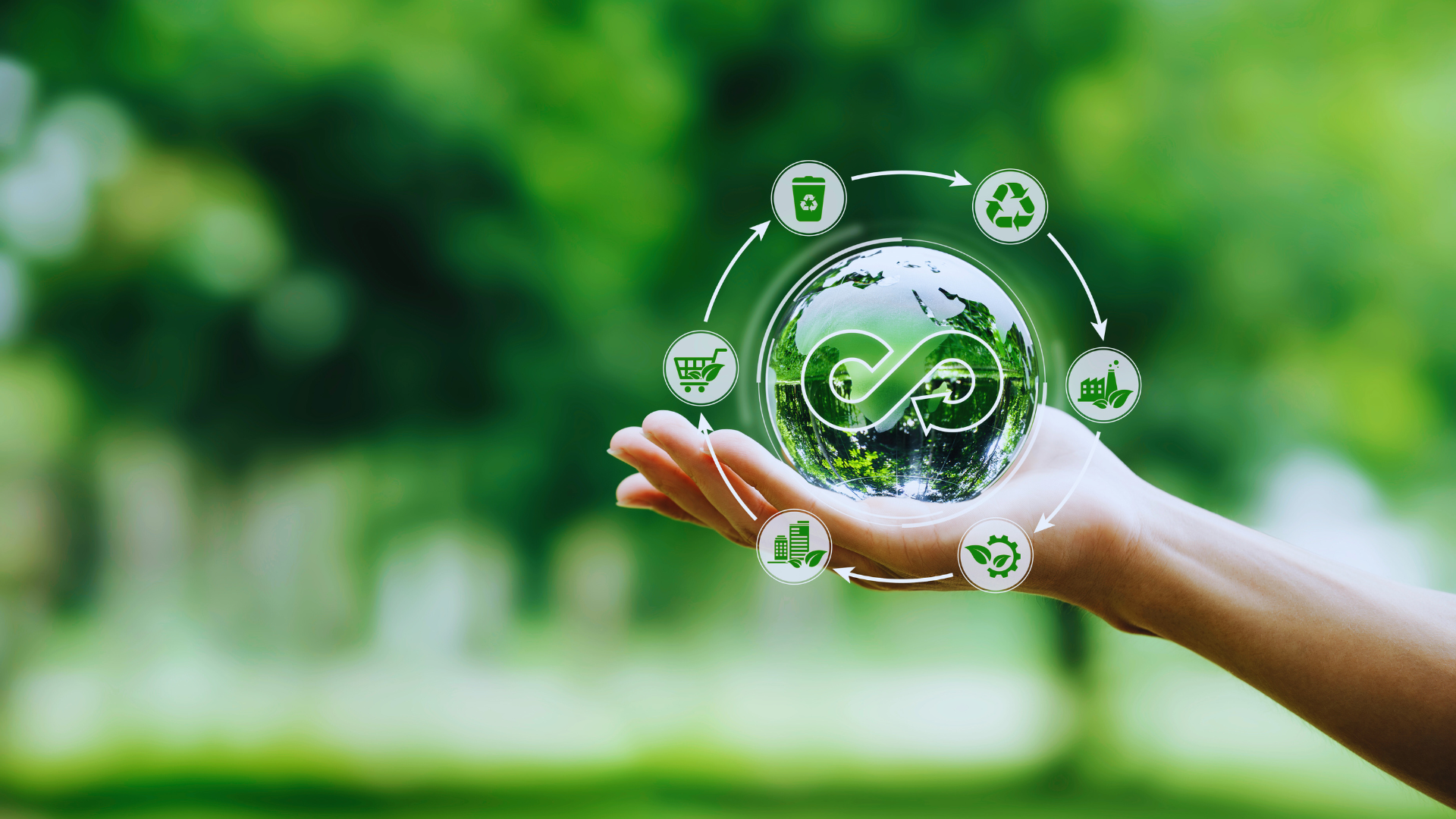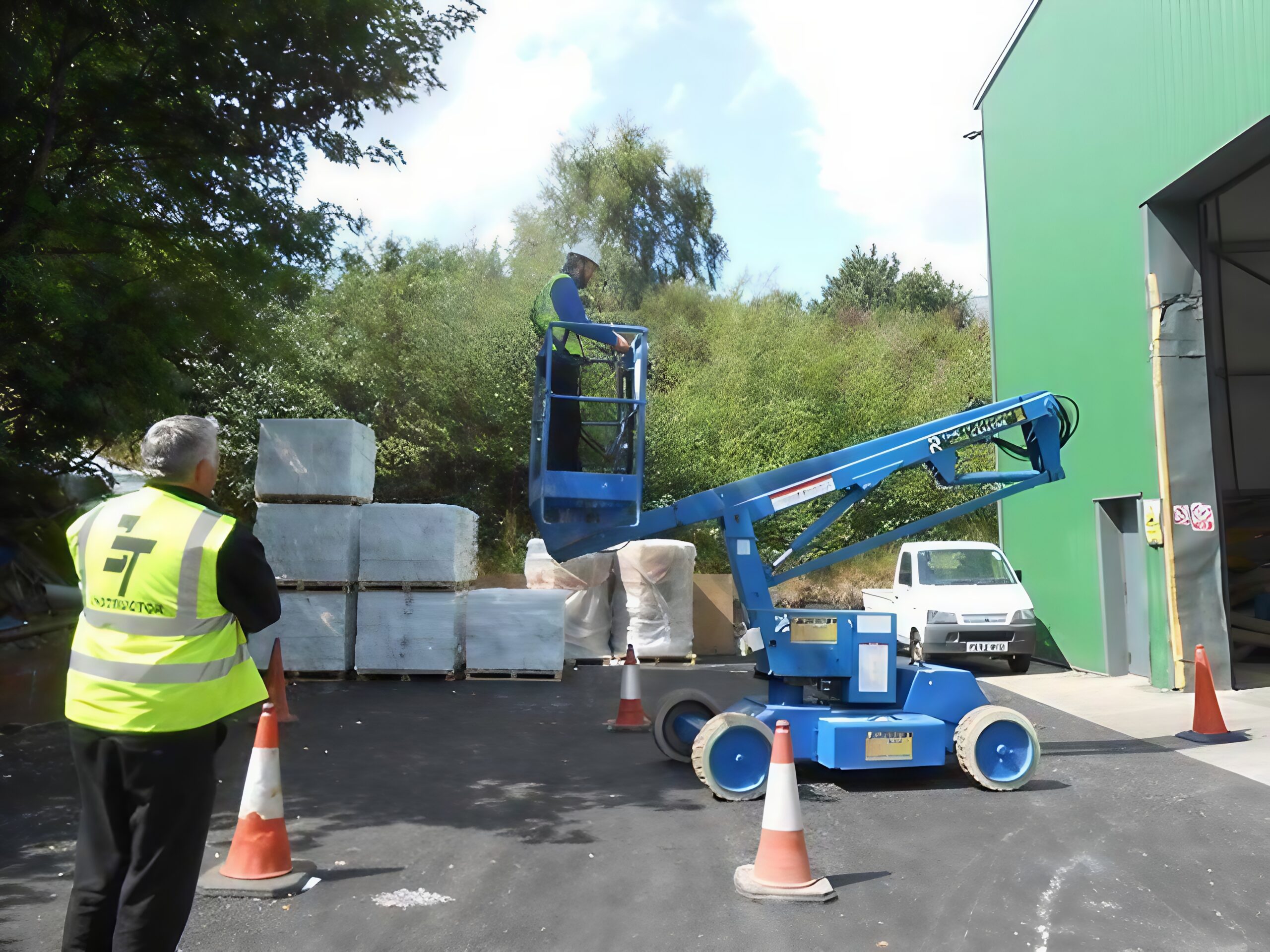The transport industry plays a crucial role in global commerce, linking economies, businesses, and communities. However, its significant environmental impact—accounting for over 24% of global CO₂ emissions—is a major concern. In response, governments and regulatory bodies are intensifying sustainability requirements, with frameworks like the Corporate Sustainability Reporting Directive (CSRD) and Environmental, Social, and Governance (ESG) standards becoming increasingly important.
For companies in the transport sector, it’s essential to balance these new requirements with operational efficiency. This article examines the challenges of meeting these standards and offers practical strategies to simplify compliance, helping businesses stay competitive in a market that increasingly values sustainability.
ESG and CSRD Standards: An Overview
ESG (Environmental, Social, and Governance) is a framework used by investors and stakeholders to assess a company’s sustainability practices and ethical impact. For transport companies, this involves:
- Environmental: Addressing carbon emissions, improving fuel efficiency, and managing waste.
- Social: Ensuring worker safety, respecting labour rights, and engaging with communities.
- Governance: Maintaining ethical supply chains, complying with regulations, and providing transparent reports.
Understanding CSRD
The CSRD is a European Union directive that requires large companies and certain small and medium-sized enterprises (SMEs) to provide detailed information about their environmental and social impacts. Coming into effect in 2024, CSRD expands on the previous Non-Financial Reporting Directive (NFRD) and requires:
- Standardized reporting aligned with European Sustainability Reporting Standards (ESRS)
- Independent auditor verification of sustainability reports
- Disclosure of plans to achieve sustainability goals
Challenges in Meeting ESG and CSRD Standards
1. Data Collection and Management: Transport companies often operate across various locations and supply chains, making it difficult to gather consistent and accurate data for reporting.
2. High Compliance Costs: Transitioning to sustainable practices and implementing new reporting systems can be expensive, particularly for smaller companies.
3. Complex Reporting Frameworks: Understanding and adhering to multiple sustainability frameworks can be overwhelming, especially for companies without dedicated expertise.
4. Changing Regulatory Landscape: Frequent updates to standards like CSRD require companies to remain flexible to maintain compliance.
Strategies to Simplify Compliance
1. Invest in Sustainability Reporting Technology: Tools like SALI (Sustainability Assessment Reporting and Learning Intelligence) can streamline data collection, analysis, and reporting. These solutions integrate with existing systems, reducing manual errors and saving time.
2. Implement Sustainable Practices: Investing in cleaner fuel technologies, electrifying fleets, and optimizing logistics can significantly reduce emissions while improving operational efficiency.
3. Seek Expert Advice: Working with sustainability consultants can help companies understand industry-specific requirements and develop actionable compliance plans.
4. Foster a Sustainability Culture: Educating employees and stakeholders about the importance of sustainability promotes collective accountability and long-term impact.
How SALI Supports Transport Companies
SALI offers transport firms tailored solutions for:
- Data Integration: Consolidating fragmented data into coherent, actionable insights.
- Real-Time Monitoring: Tracking emissions, energy use, and compliance metrics.
- Custom Reporting: Automating CSRD-aligned reports with accuracy and precision.
- Training and Support: Providing tools and resources to enhance teams’ sustainability reporting skills.
Conclusion
Sustainability is now both a regulatory requirement and a business necessity. By aligning with ESG principles and CSRD standards, transport companies can secure their future in a more environmentally conscious market while enhancing their operational efficiency and reputation.
While the transition to sustainable transport may seem challenging, companies can confidently navigate this path with the right strategies and tools like SALI.
Are you ready to streamline your sustainability compliance? Let SALI guide your journey. – Book a demo.



